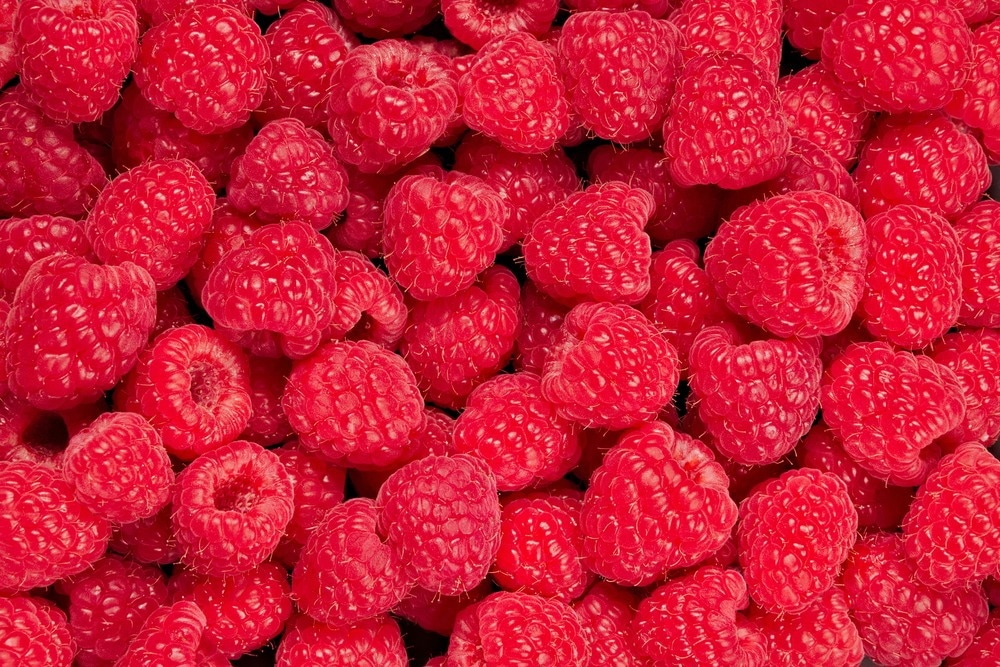An innovative method for improving the potency of available treatment has been published in the journal Nanoscale.

Image Credit: MP-Studio/Shutterstock.com
Bradley Smith, who is also the director of Notre Dame’s Integrated Imaging Facility, was perplexed when Canjia Zhai and Cassandra Shaffer, two doctoral students in the Department of Chemistry and Biochemistry, found they had altered the structure of particles of silica—the primary component of sand—at 80 °C, or about the same as the temperature of a cup of coffee.
The discovery was made by accident. The particles had a diameter of a thousandth of human hair, which was extremely small.
However, like their larger counterparts labeled “silica gel” in packages attached to new articles of clothing, these particles were porous and could retain a chemical. In this instance, the chemical in question was a blue dye used to identify tumors in mice.
The newly developed dye, created in Smith’s lab, was taking a very long time to enter the particles' tiny pores. Shaffer and Zhai heated the mixture to just below boiling and then left it to sit for the night to speed up the movement of the molecules. The particles had changed color to blue when they returned the following day.
Shaffer and Zhai asked Tatyana Orlova and Maksym Zhukovskyi, two microscopy specialists at the Notre Dame Integrated Imaging Facility, for assistance in determining whether the dye had completely infused.
High-resolution electron microscopy images created by Orlova and Zhukovskyi demonstrated that the silica particles had changed shape in addition to being infused with dye. The initial particles were solitary spheres that were sparsely dotted with pores akin to an orange’s skin.
The new structures were spherical and made up of smaller globules filled with dye. Additionally, they had a few tiny holes here and there that let the hollow core inside visible. The whole thing looked like a hollow raspberry.
The initial shock of the discovery was followed by many beneficial inquiries. What additional chemicals could be incorporated into similar raspberry-shaped particles by the researchers? Most importantly, would those chemicals continue to function even if the shapes of the structures around them changed?
Jordan Chasteen, a fellow doctoral student, continued the discussion by using a cancer drug to repeat the process. After conducting a number of tests, he was able to confirm that the cancer drug that had been loaded into the particles was still effective in killing cancer cells.
According to Smith, this discovery provides a new tool for increasing the potency of already-available medications.
“What we have now is a way to go through the whole catalog of amine-containing drugs, and by following the simple steps we have discovered, we can create new versions of existing drugs that could be more effective or have fewer unwanted side effects,” he stated.
Smith and his students have discovered that small adjustments to the loading process enable them to vary the particle thickness, opening up a wide range of new possibilities for tailoring the particles to release drugs at various rates.
With a drug in the outer layer and a dye inside the “raspberry,” for example, the new particle’s distinctive structure could also allow for the loading of multiple ingredients, improving researchers’ ability to track how drugs release.
Smith added that the new particle also sheds light on biomineralization, a biological phenomenon that is still poorly understood.
Smith further stated, “We have found that amine-containing drugs have certain chemical attributes that speed up the degradation and reforming process in silica, and we think that it is similar to what goes on in nature.”
Smith used the microscopic plankton species, diatoms, and their delicate silica shells that resemble glass as an example.
He added, “These microorganisms have mechanisms that allow them to take sand and remodel it into their shells. And they clearly do it at relatively low temperature using organic molecules. What we have discovered is potentially some of the chemistry behind that process.”
As Smith and his team keep coming up with new ideas, they take inspiration from nature and laboratory findings.
He concluded, “The broad lesson here is that we can discover in the lab how natural processes work, and then we can use that knowledge and mimic those processes to design something completely new.”
The National Science Foundation and the National Institutes of Health provided funding to facilitate this discovery.
Journal Reference:
Shaffer, C. C., et al. (2022) Silica nanoparticle remodeling under mild conditions: versatile one step conversion of mesoporous to hollow nanoparticles with simultaneous payload loading. Nanoscale. doi:10.1039/D2NR05528G.